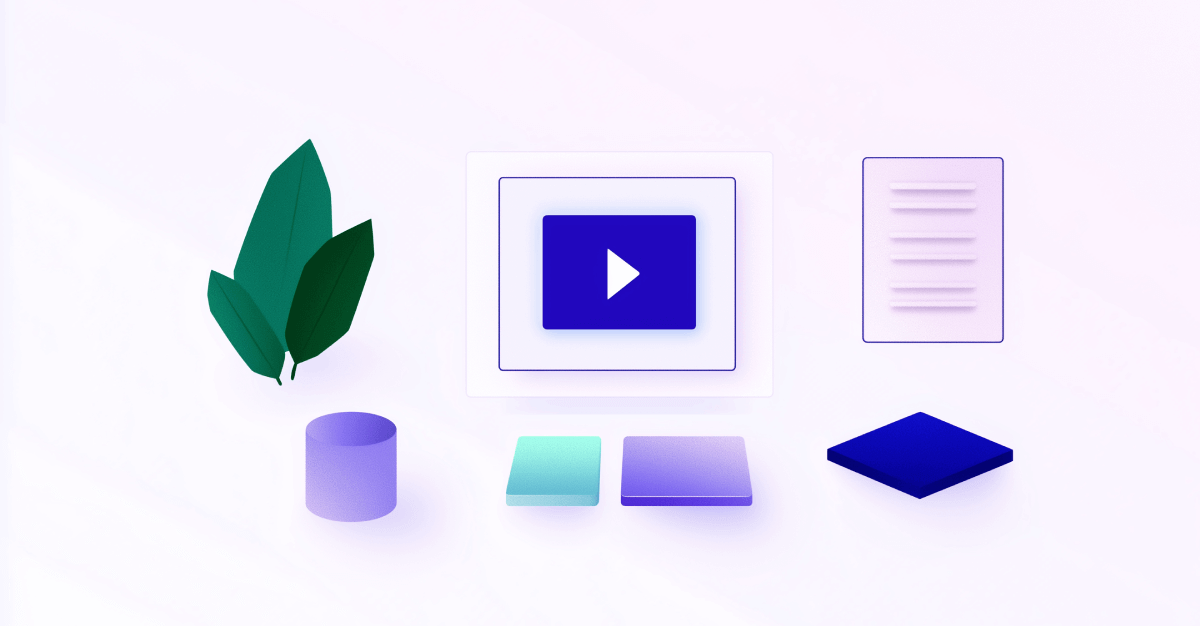
Writing compelling SEO headlines is a skill that can significantly impact your website's visibility on search engines.
Google's algorithms prioritize content that includes relevant keywords and meets the user's intent, providing a clear and engaging experience.
In this guide, I will discuss the art of writing SEO headlines that Google will love.
From strategic keyword placement to crafting a unique value proposition, I will explore the characteristics that make headlines stand out in search results and entice users to click.
What are SEO Headlines?
An SEO headline is the first visible heading on a webpage. In most pages, the primary heading or the H1 tag is the SEO headline.
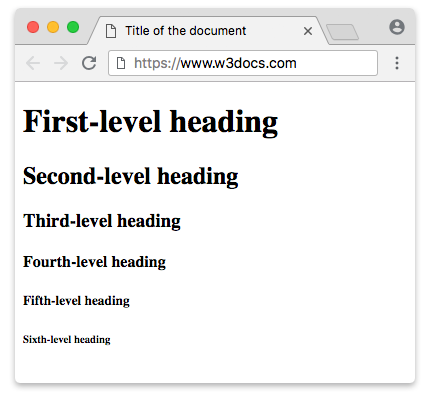
Image source: W3
SEO headlines are written strategically for both users and search engines.
The goal of an SEO headline is to capture the reader's attention while also containing relevant keywords that align with the content's main theme. This practice helps search engines understand the page's subject, improving visibility in search results.
Here is an example of an optimized headline:
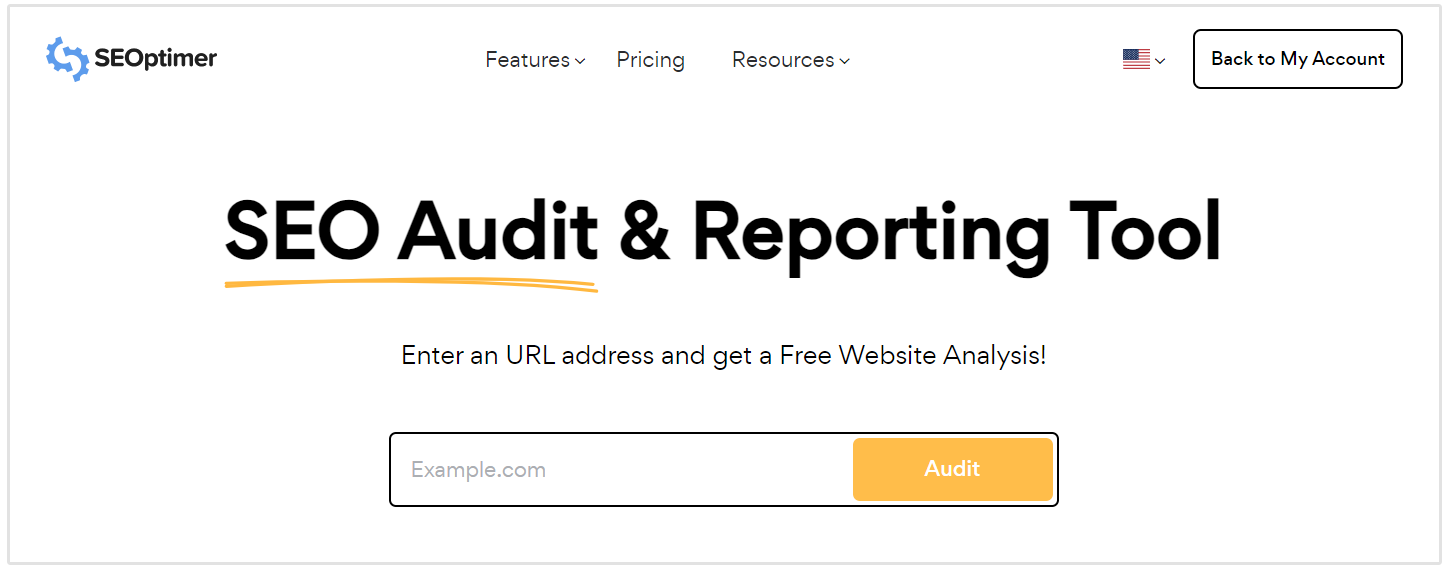
In this headline, the keywords “seo audit tool” and “seo reporting tool” are targeted, maintaining a balanced and spam-free approach.
Why are SEO Headlines Important?
SEO headlines are crucial for several reasons, playing a crucial role in the success of a website's search engine optimization strategy.
Here are key reasons why SEO headlines are important:
Better Visibility in Search Results
Well-optimized headlines increase the likelihood of a page appearing in SERPs for relevant queries. When users search for specific keywords, Google and other search engines consider the relevance of the headline in determining which pages to display.
Search Intent Alignment
Search intent refers to the reason behind a user's online search. It can be categorized into different types, such as informational (seeking information), navigational (looking for a specific website), transactional (intent to make a purchase), or commercial investigation (research before making a decision).
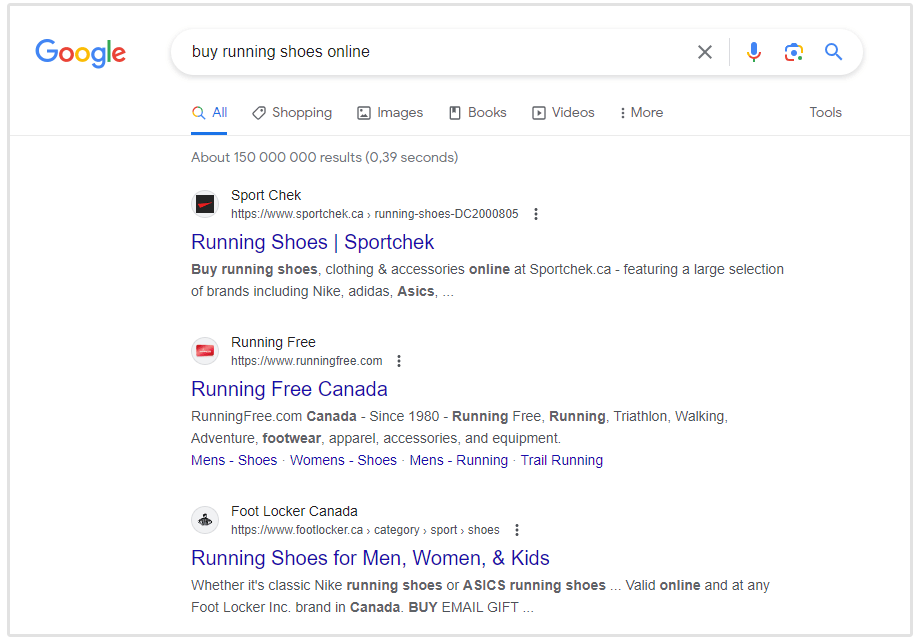
SEO headlines help align content with user search intent.
Incorporating relevant keywords in the headline makes the content more likely to match what users are actively searching for, improving the chances of attracting a targeted audience.
Click-Through Rate (CTR) Improvement
Engaging and well-crafted headlines can significantly impact the click-through rate (CTR).
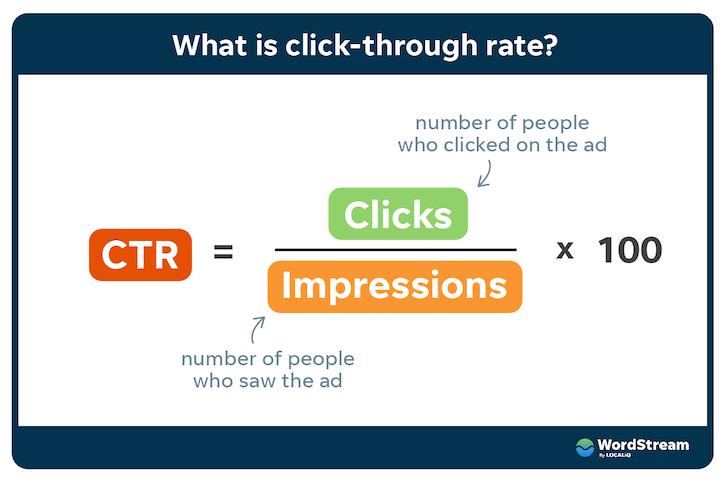
Image source: WordStream
Imagine scrolling through search results, and a headline grabs your attention. It's like a good movie trailer – it makes you want to see more. That's what a compelling headline does.
Users are more likely to click on a search result with a compelling headline, leading to increased organic traffic to the website.
User Experience Enhancement
Clear and descriptive headlines give users a quick understanding of the content's main topic or purpose.
Users often scan search results; a headline communicating the content's relevance to their query helps them decide whether to click for more information.
Moreover, when headlines accurately reflect the content's topic, users are less likely to "bounce" back to the previous search results page shortly after clicking. This is because they find what they expect, reducing frustration and creating a more positive overall experience.
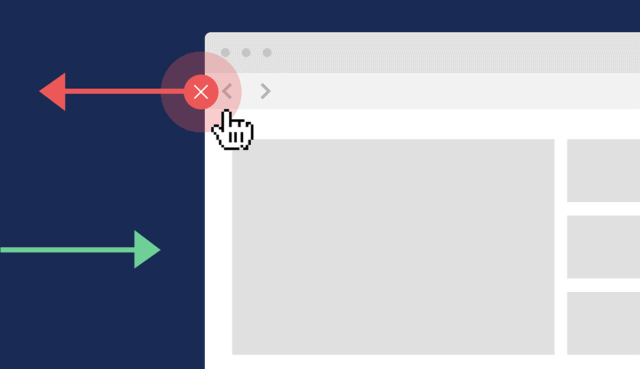
Image source: Backlinko
Keyword Optimization
SEO headlines provide an opportunity to strategically include target keywords that align with the main theme or focus of the content.
Users typically type these keywords when looking for information related to your content.
Including target keywords in the headline signals to search engines that your webpage is related to those specific terms. Search engines use ranking algorithms to match user queries with the most relevant content, and keyword optimization helps your content stand out.
Social Media Sharing
When your content is shared on social media platforms, the headline is often the first thing users see. A compelling and attention-grabbing headline can make users more likely to engage with the post by clicking, liking, commenting, or sharing.
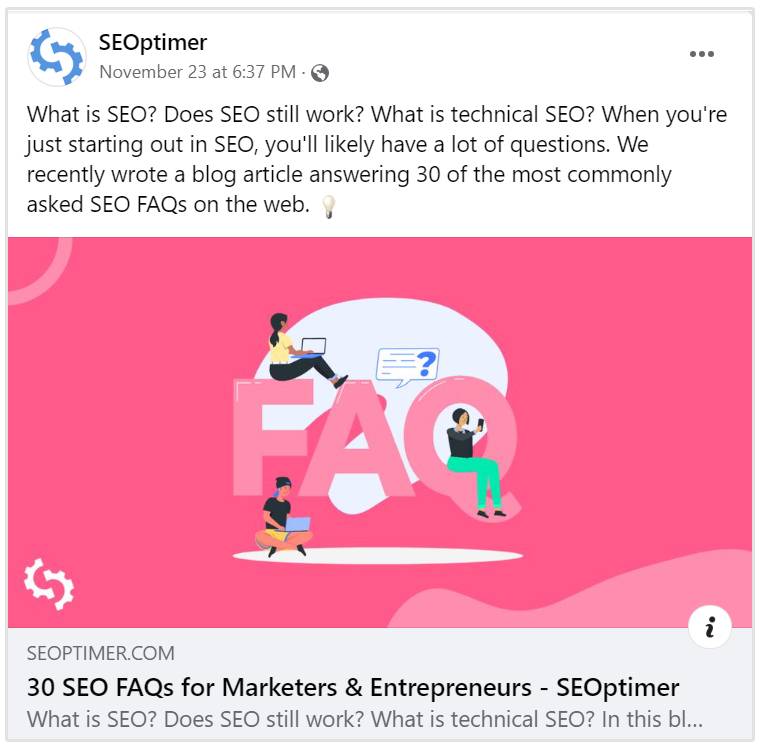
Furthermore, consistent and memorable headlines contribute to brand recognition.
Sharing your content on social media with a recognizable and impactful headline reinforces your company identity. It makes users more likely to interact with and share future content.
Brand Visibility and Authority
Consistently using optimized headlines builds brand visibility and authority over time.
As a website consistently provides valuable and relevant content aligned with user intent, it establishes itself as a trustworthy source within its industry or niche.
Search engines recognize this authority, leading to higher rankings. Users also perceive the brand as a go-to source for information, further enhancing its authority.
What are the Elements of a Good SEO Headline?
A good SEO headline is a well-crafted, strategic element that balances user appeal with search engine optimization. Here are the key elements of a good SEO headline:
Length
The optimal headline length for SEO typically ranges between 50 and 60 characters to ensure full visibility in search engine results. While there's no strict character limit, this length allows for concise and impactful messaging, catering to search engine algorithms and user readability.
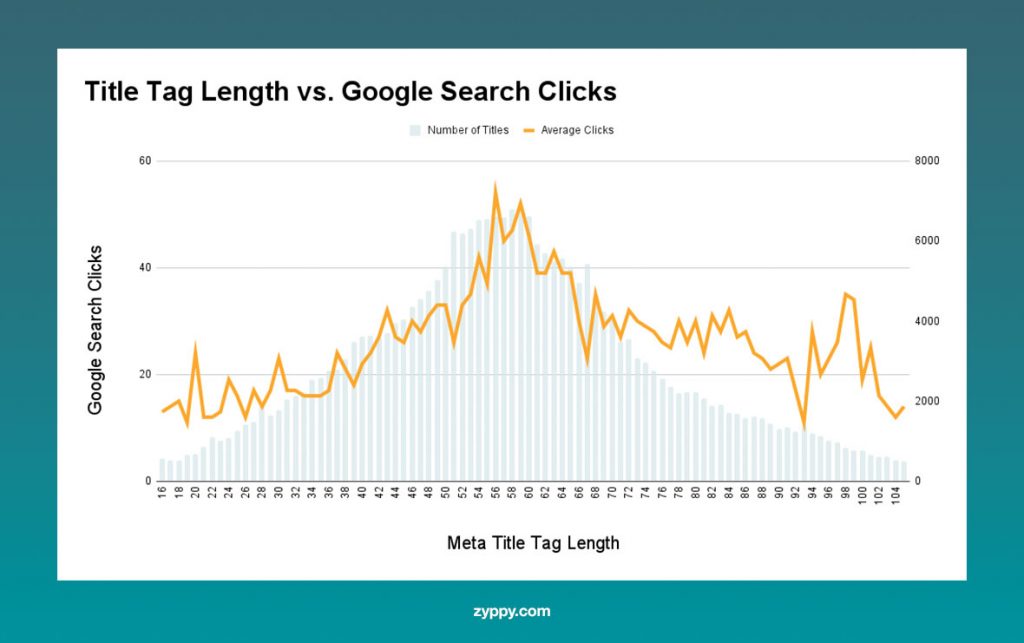
Image source: Zyppy
Creating headlines within this range ensures that the main message is communicated effectively, maximizing the chances of attracting clicks and engagement from the target audience.
Relevance
Bounce rates, which indicate how quickly users leave a page after visiting, can be influenced by the relevance of the content to the headline.
When users find what they expect based on the headline, they are likely to stay on the page and explore further. Relevant headlines contribute to lower bounce rates.
Moreover, search engines assess the relevance of content to user queries. If a headline accurately represents the content's topic, it helps search engines understand the page's context and can contribute to higher rankings for relevant search queries.
Keyword Inclusion
Incorporate relevant keywords naturally into the headline. These keywords should align with user search intent and the main focus of the content.
Here is an example of an SEO headline: "Exploring Wellness Through Diet."
Here is an example of an optimized headline having the keyword: "25 Tips for Weight Loss That Actually Work."
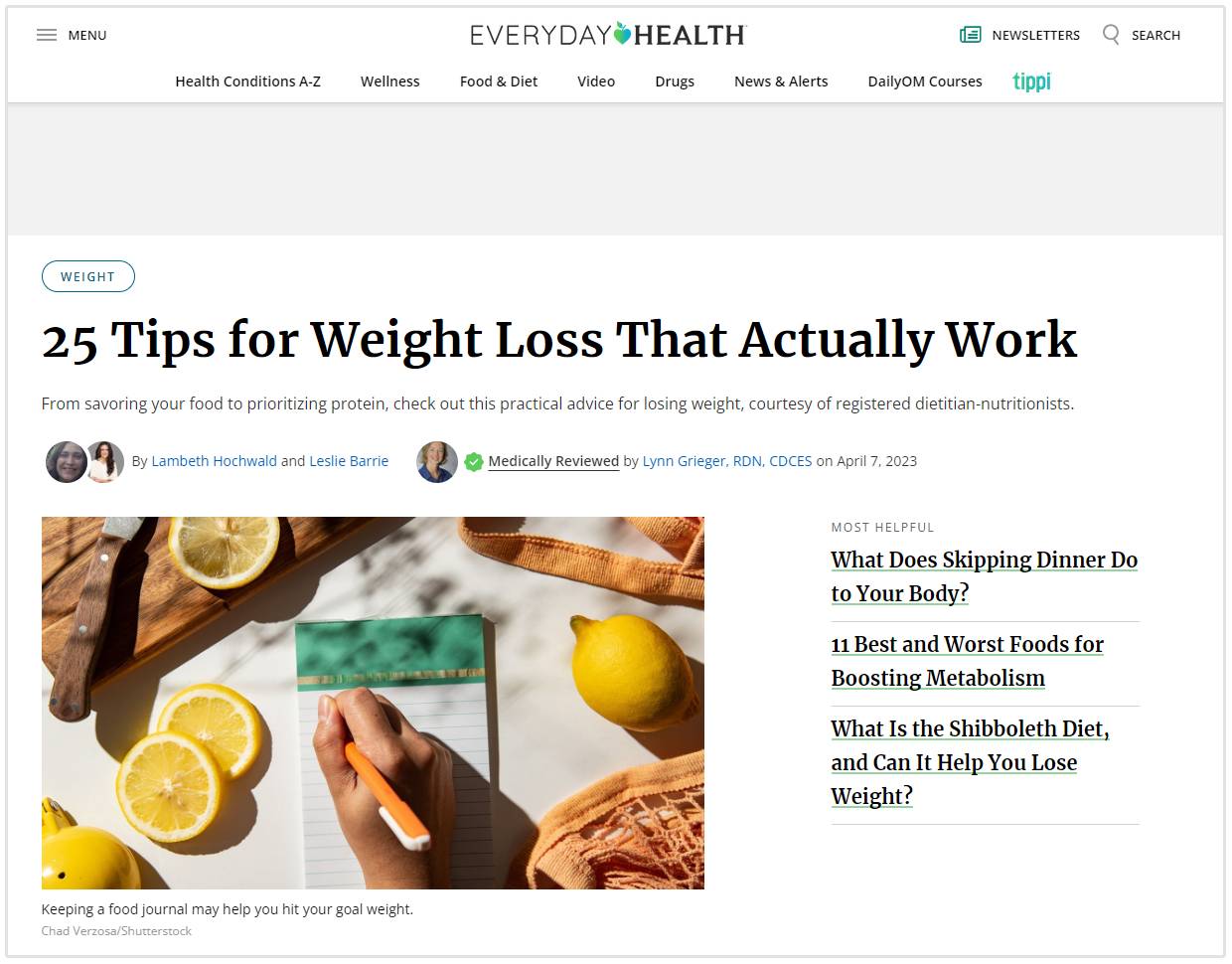
By incorporating the strategic placement of the term "tips for weight loss," the headline becomes more specific and establishes a direct connection with what users may be actively seeking. This balance ensures that the headline remains professional, guiding the reader toward valuable content while signaling the page's relevance to search engines.
Unique Value Proposition
Communicate the unique value or benefit of the content. Explain why users should click on your page over others in the search results.
Here is an example of a basic headline: "ABC CRM Software for Your Business"
Here is an example of a UVP-infused headline: "ABC CRM Software: Enjoy a 30-Day Free Trial"
In this revised version, the UVP is shifted to highlight the availability of a 30-day free trial. This communicates a distinctive benefit that sets the CRM software apart – the opportunity for potential customers to try the product without any initial financial commitment.
It's a feature that not every CRM software may offer, making it a unique advantage for your company.
Brand Consistency
Consistent use of a brand's voice, tone, and style in headlines contributes to establishing a distinct brand identity. Users become familiar with the way the brand communicates, fostering a sense of recognition and trust.
A cohesive approach to headlines ensures a consistent user experience across different pieces of content. Whether a user reads a blog post, views a product page, or engages with social media content, a consistent brand voice creates coherence and familiarity.
How to Write a Good SEO Headline?
A good SEO headline involves a strategic blend of creativity, relevance, and optimization.
Here's a step-by-step guide on how to write an effective SEO headline:
Incorporate Keywords Naturally
A well-crafted headline should be read fluently and naturally.
Keywords should be seamlessly integrated so that the headline makes sense to both search engines and human readers. Clarity and readability should always be prioritized.
Consider a target keyword like "digital marketing channels."
A natural and well-balanced headline might be: "12 Digital Marketing Channels (That Actually Work in 2023)."
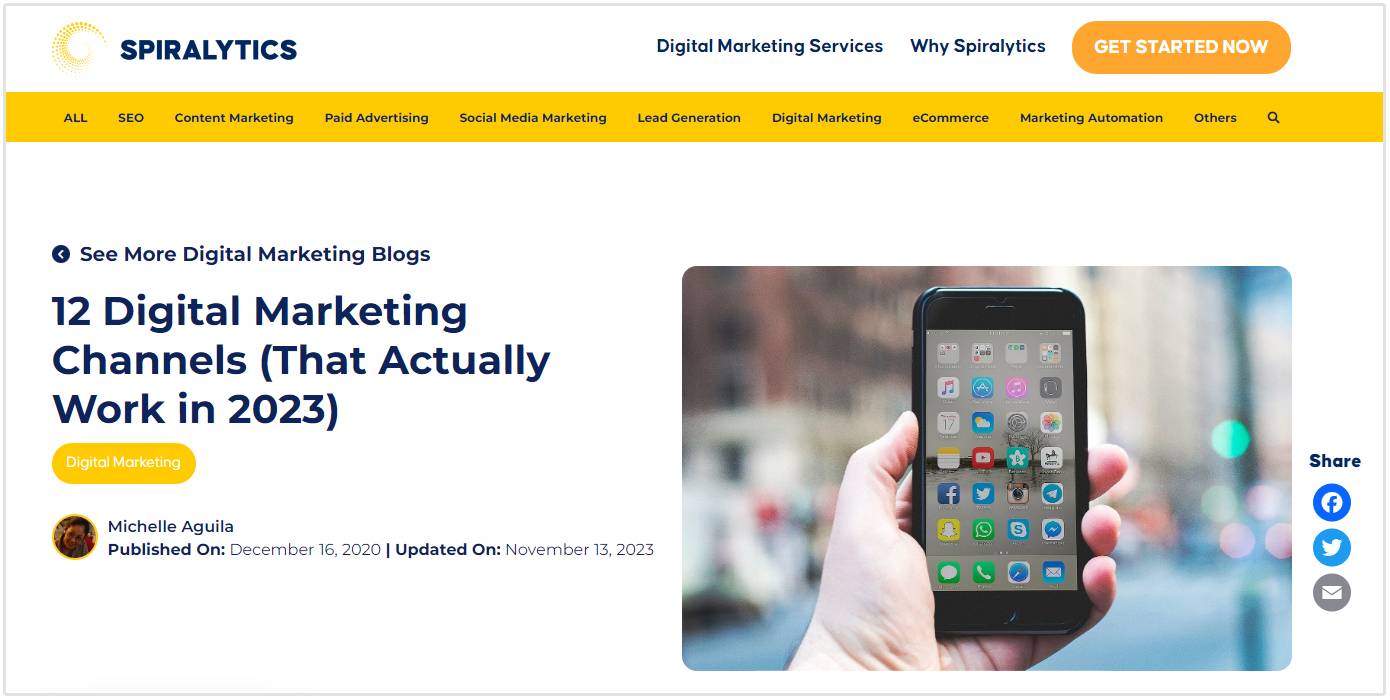
The headline seamlessly integrates the target keyword ("digital marketing channels") in this example while maintaining a natural and engaging tone.
Create Intrigue or Curiosity
Use techniques like posing questions, creating curiosity, or providing a teaser to encourage users to click. Engage your audience by making them curious about the information you're offering.
Here is an example of a generic headline: The Benefits of Meditation.
Here is an example of a revised headline with added curiosity: "Can 10 Minutes of Daily Meditation Transform Your Life?"
In this example, the generic headline states the topic, while the revised headline poses a question and creates curiosity by hinting at potential transformative effects.
Usage of "can" invites readers to explore the article to find the answer, making the headline more engaging and compelling.
Offer Benefit to the Audience
When writing SEO headlines, prioritize offering searchers a clear and compelling benefit. Communicate what value or solution your content provides, addressing the searcher's intent.
Whether it's solving a problem, offering insights, or providing useful information, emphasizing the benefit in your headline entices users to click, enhancing the overall user experience and engagement.
Use Power Words
Incorporate power words or action verbs that evoke emotion or urgency. These words can add impact to your headline and make it more compelling.
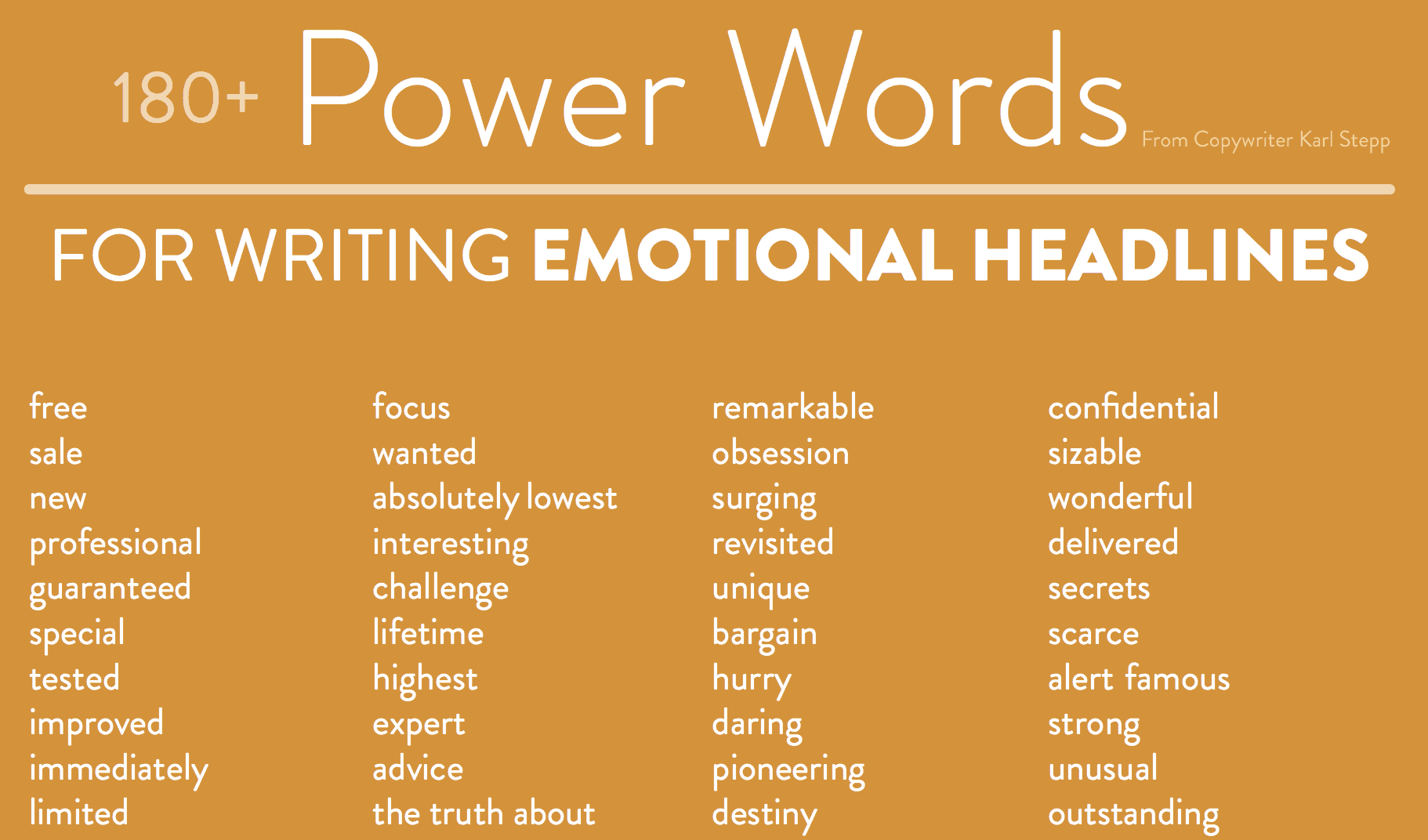
Here are examples of SEO power words to use in your headlines:
- Unleash
- Now
- Quick
- Limited
- Urgent
- Unveil
- Secrets
- Discover
- Revealed
- Proven
- Authentic
- Guaranteed
- Heartwarming
- Inspiring
- Master
- Exclusive
Include Numbers
If applicable, include numbers or statistics in your headline. Numerical values stand out and provide a tangible aspect to your content.
For example, "Achieve Your Goals with 30-Minute Daily Habits" is more compelling than a generic headline.
Check Mobile Readability
Checking mobile readability is a critical step in optimizing SEO headlines. With more than 50% of organic traffic from mobile devices, ensuring that headlines are easily readable on smaller screens is essential for user engagement.
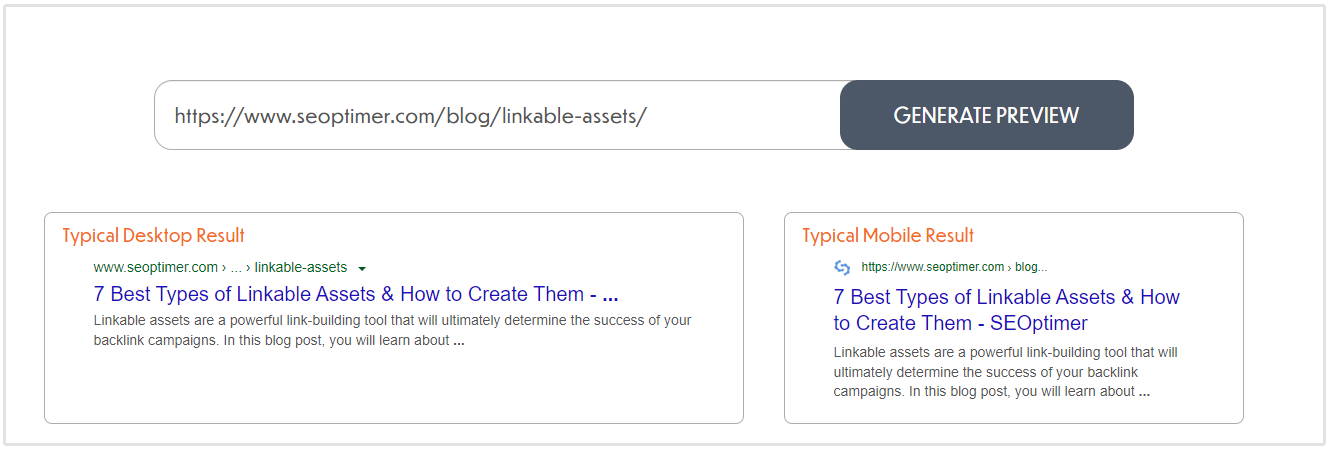
Test your headlines on various devices to confirm their mobile-friendliness, ensuring the font size, formatting, and overall presentation remain clear and visually appealing.
A mobile-friendly headline contributes to a positive user experience, increasing the chances of users clicking through to your content.
Include Questions
Crafting SEO headlines with a clear and direct answer to a common user query or question helps your content to become eligible for featured snippets.
Google often selects concise, well-structured headlines that directly address user queries, showcasing them as featured snippets in search results, enhancing visibility, and establishing authority on the topic.
4 SEO Headline Templates
Here are the top SEO headline templates to boost your organic marketing strategy:
The Ultimate Guide Headline Template
Template: The Ultimate Guide to [Topic]: A Comprehensive Handbook for [Specific Skill/Concept/People]
Example: The Ultimate Guide to Cooking: A Comprehensive Handbook for Beginners
The Engaging Listicle Headline Template
Template: [Number] Unusual Facts About [Topic/Subject]
Example: 10 Unusual Facts About Endangered Species That Will Fascinate You
The Insider's Perspective Headline Template
Template: Insider Tips for [Industry/Topic]: [Number] Strategies for [Specific Outcome]
Example: Insider Tips for E-commerce Success: 5 Strategies for Boosting Sales
The Trend Analysis Headline Template
Template: Decoding [Industry/Topic] Trends: [Year] Insights and Predictions
Example: Decoding Digital Marketing Trends: 2023 Insights and Predictions
Mistakes to Avoid when Creating SEO Headlines
When creating SEO headlines, it's essential to avoid common mistakes that can hinder the effectiveness of your content. Here are some mistakes to avoid:
Keyword Stuffing
Keyword stuffing refers to using excessive keywords in a way that doesn't contribute meaningfully to the content but is intended to manipulate search engine rankings.
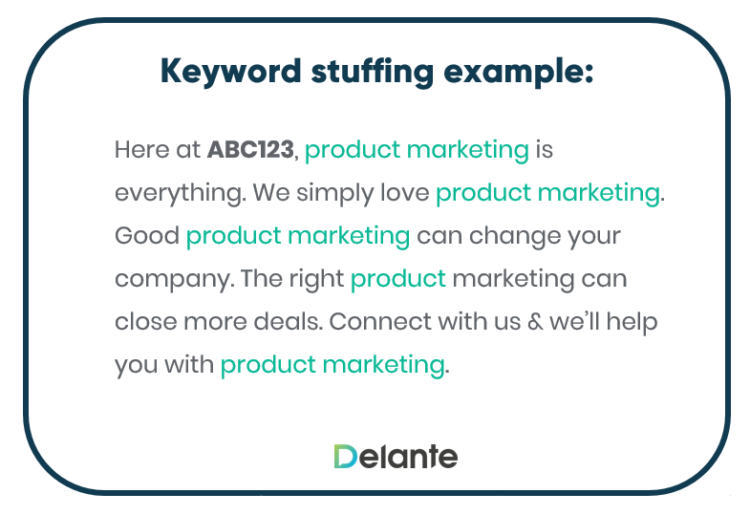
Hence, you should use keywords organically in your headline.
Ensure that they fit seamlessly within the context of the content and make sense to the reader. A clear and concise headline will attract clicks and engage users.
You should always consider the readability of your headline. If it becomes awkward or confusing due to too many keywords, it may turn users away. Aim for a balance between optimization and user experience.
Misleading Clickbait
Clickbait involves using sensationalized or exaggerated headlines to attract clicks, often leading to content that doesn't fulfill the expectations set by the headline. This can result in a high bounce rate, where users quickly leave the page, negatively impacting your website's credibility and search engine rankings.
Ensure that your headline accurately represents the content of your page.
Be straightforward and honest about what users can expect. You should communicate the value or information that your content provides. Users should feel that clicking on your headline will lead them to valuable and relevant content.
Being Too Generic
Generic headlines often fail to capture users' attention and might not stand out in a crowded digital space.
Determine what makes your content special. This could be unique insights, a different approach, exclusive data, or a particular perspective.
Integrate your USP into the headline. Let readers know why your content is valuable and what makes it distinct. For example, instead of “Best Digital Marketing Tools,” write “10 Most Powerful Digital Marketing Tools Used by Experts.”
Lack of Emotional Appeal
Emotionally resonant headlines tend to perform better. Avoid creating headlines that lack emotion or fail to connect with your audience.
For example, suppose the emotion is "inspiration" instead of writing a headline like "Success Stories in Business."
In that case, you should make it more emotional, like "3 Entrepreneurs Who Overcame All Odds."
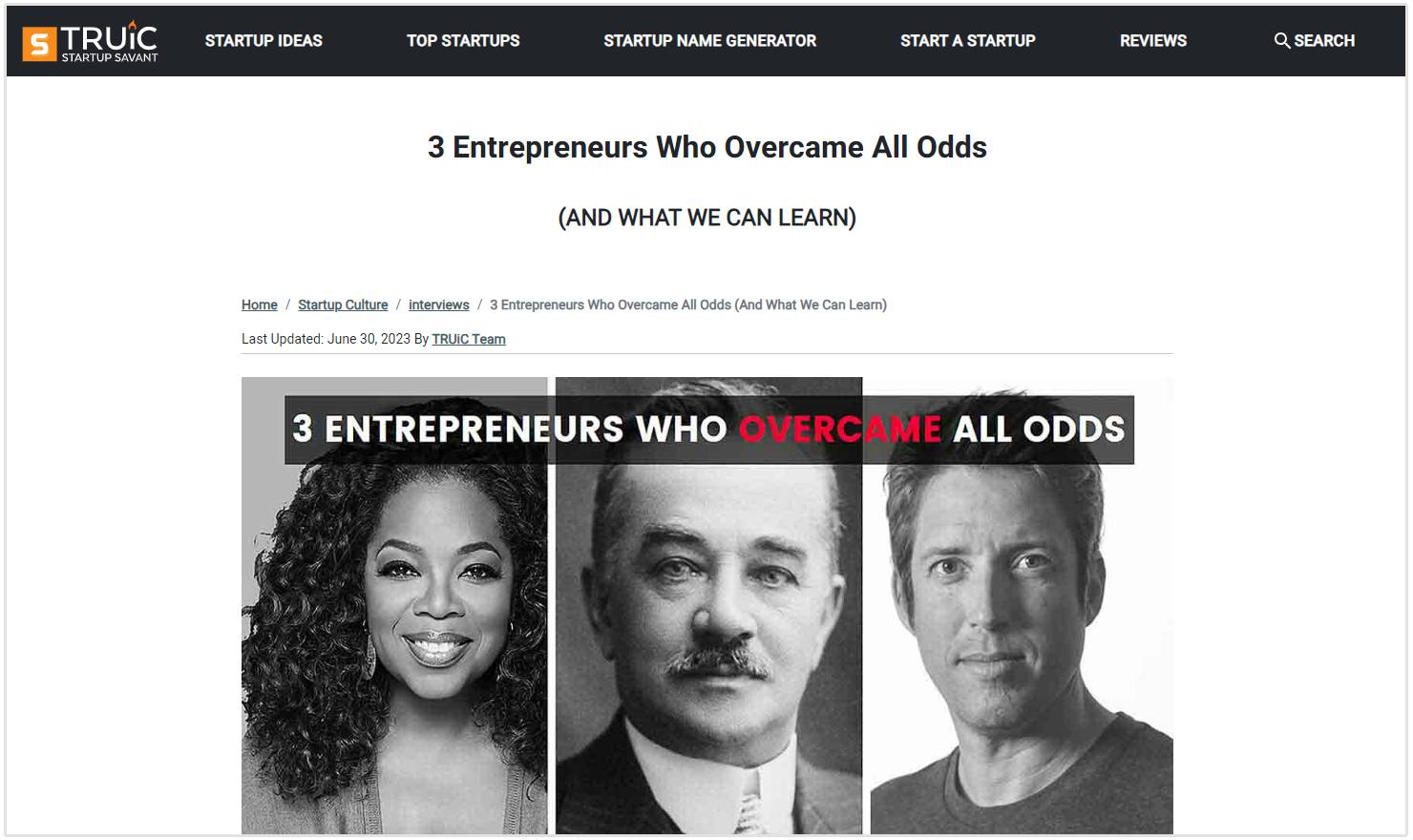
Copying Competitors
While competitor analysis is valuable, avoid directly copying their headlines. Your content and brand should have a unique voice and approach.
Identify what makes your content and brand unique. This could be your perspective, expertise, or how you address your audience.
Forgetting to Update
If your content is regularly updated, ensure your headlines reflect current information. Outdated headlines can mislead users.
If your content provides timely information, you should update it for the current year. For example, "2023 Trends" or "Updated for [Current Year].
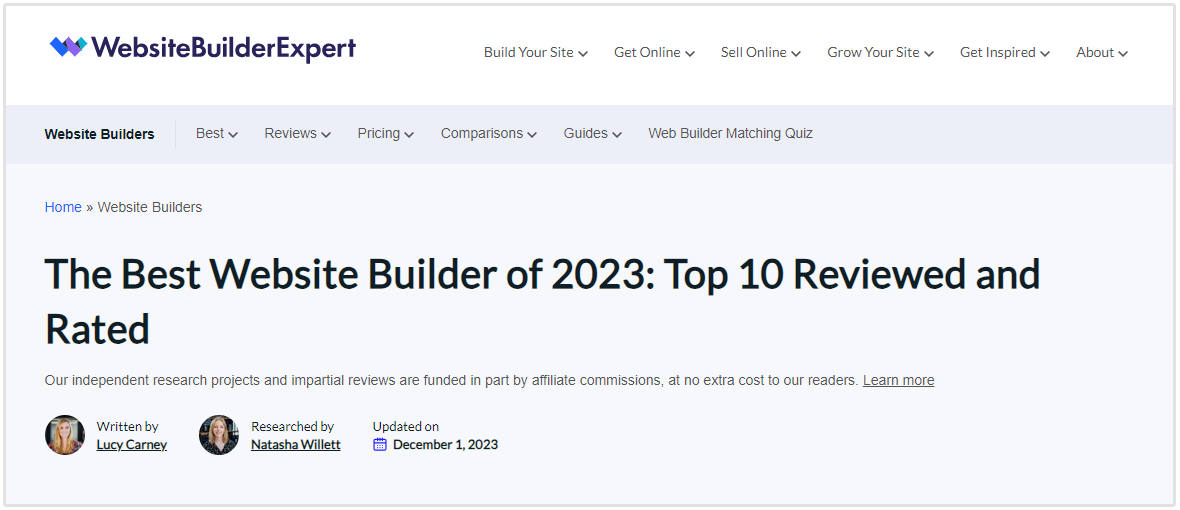
SEO Headline FAQs
How do I find the right keywords for my SEO headlines?
Conduct keyword research using tools like SEOptimer. Identify relevant and high-performing keywords related to your content. Use a mix of short-tail and long-tail keywords to capture a broader audience.
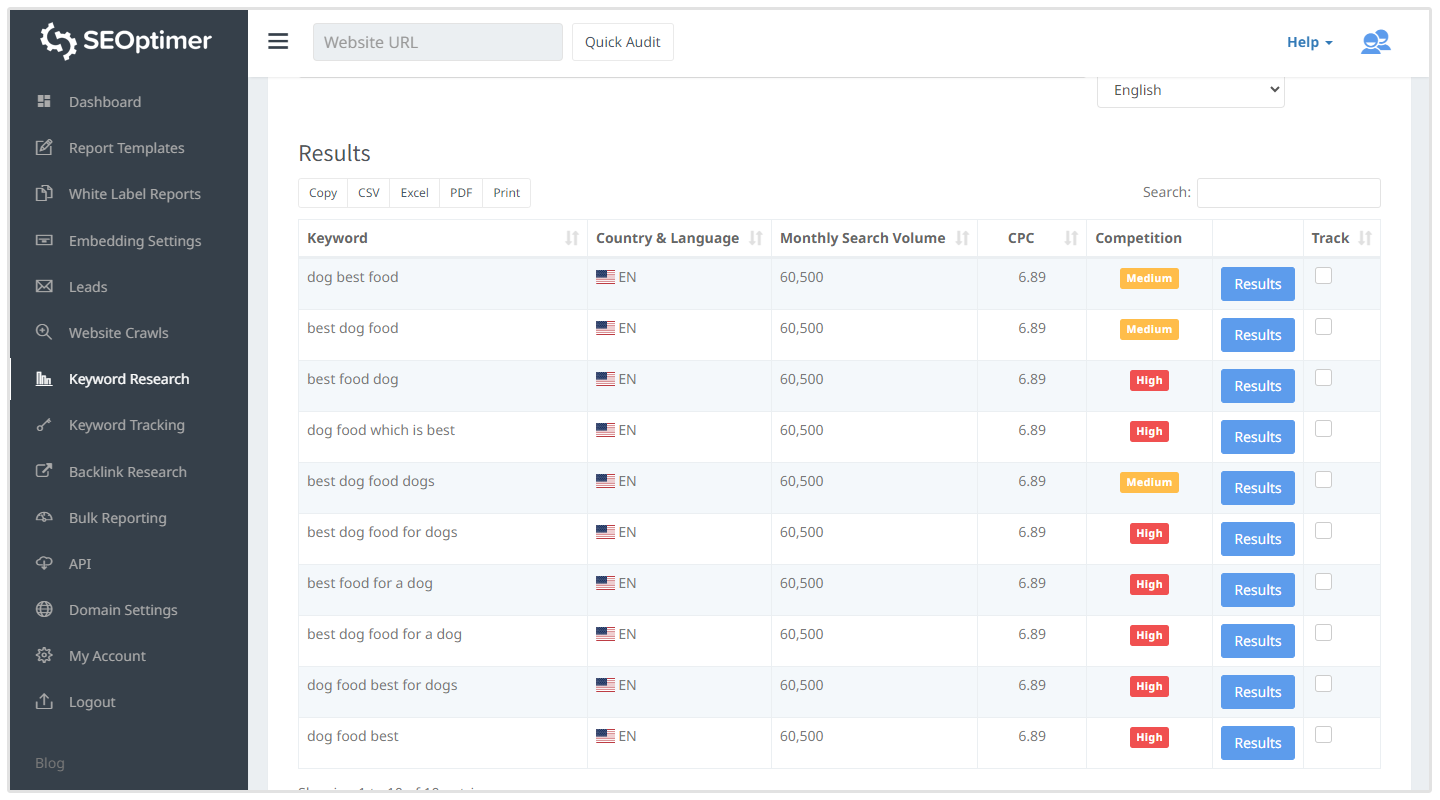
Can I use special characters in SEO headlines?
While some special characters are allowed, using them sparingly is advisable. Ensure that special characters enhance readability and do not detract from the clarity of the headline.
How often should I update my SEO headlines?
Regularly update your SEO headlines when there are changes in content or to align with evolving search trends. Keeping headlines current ensures they accurately represent the content and remain relevant to users.
Can SEO headlines impact my website's ranking?
Yes, SEO headlines play a role in search engine ranking. Well-optimized headlines can improve your content's visibility in search results, leading to higher click-through rates and engagement.
Should I prioritize search engines or users when crafting SEO headlines?
Strive for a balance. While incorporating relevant keywords for search engines, prioritize creating headlines that are clear, compelling, and aligned with user intent. Engaging headlines improve click-through rates and contribute to a positive UX.
Conclusion
SEO headlines are fundamental to on-page optimization, impacting visibility, user engagement, and overall success in search engine results.
Crafting headlines with a strategic blend of relevance, clarity, and user appeal contributes to the overall effectiveness of an SEO strategy.
An effective SEO headline boosts your content's ranking and entices users to click, engage, and share. By combining keyword optimization with user-centricity and brand consistency, you'll be on the path to writing SEO headlines that Google and your audience will love.




